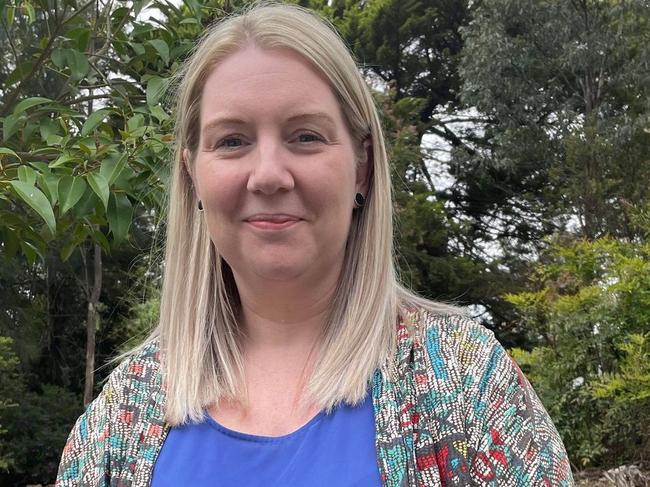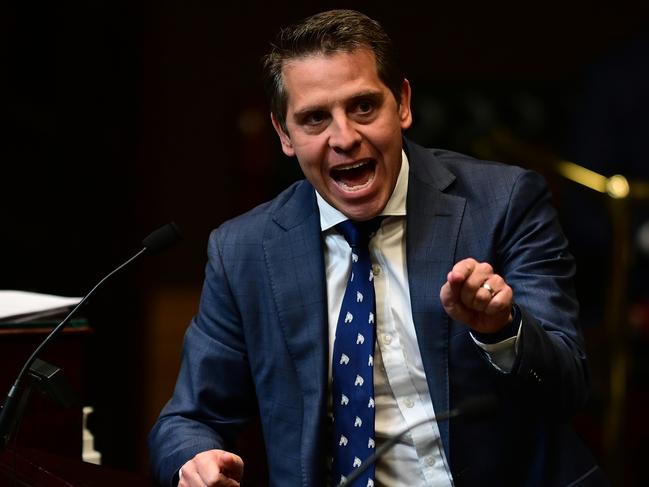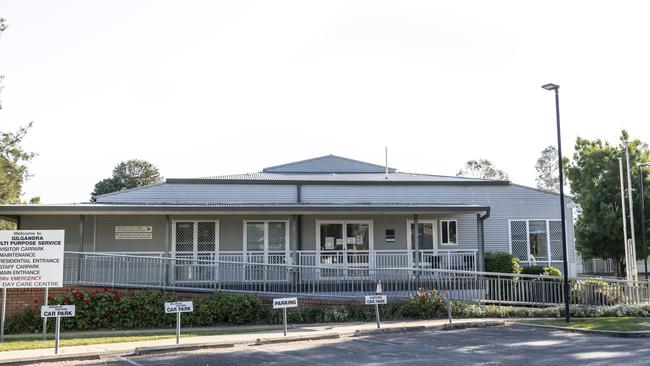NSW country hospital crisis: where are all the doctors?
It has been described as “like a pub with no beer” - nurses say some NSW hospitals at times have no doctors in the building.
NSW
Don't miss out on the headlines from NSW. Followed categories will be added to My News.
Dire staff shortages and red tape are forcing country NSW hospitals to care for sick patients without any doctors physically present in the building.
The situation is so desperate that in one health district alone – Western NSW – nine hospitals were open on weekends without a doctor present earlier this year, while in other districts, such as the Hunter, six hospitals were forced to rely on Telehealth remote treatment instead of doctors in the building.
NSW Health could not provide the latest figures on how many country hospitals across the state now have no doctors present, saying the numbers vary as shortages emerge based on different factors.
NSW Nurses and Midwives Association (NSWNMA) member and Gilgandra nurse Sheree Staggs said that nurses were frequently left to manage the hospital without a doctor physically present in the building.

The Gilgandra hospital is staffed by a roster of GPs who also operate their own practices.
“They are often not in the hospital, but they come in for emergencies … there are times we don’t have an on-call doctor because they are on their day off or need to go somewhere else or are on a holiday,” she said.
“It would work a lot better if GPs could be GPs and do their work at their practice instead of the hospital shifts as well.”
Ms Staggs said the lack of doctors put a lot of pressure on nurses who must juggle residential aged-care patients, acute patients and whoever was waiting in the emergency room.
“There is a lot of pressure, especially when there is an emergency. You don’t also have the pair of hands a doctor provides,” Ms Staggs said.
“You are also changing oxygen cylinders, dealing with phone calls, finding staff if someone is sick, dealing with acute patients and emergency patients. It’s a lot of pressure and I feel like that’s not good for anyone for a long time.”


TELEHEALTH TENSION
Patients are raising harrowing stories of relatives dying while staff attempt to get “Telehealth” technology operating, and confusion among frail patients unable to interact with virtual instructions from laptops.
Hayley Olivares, whose gravely ill mother Dawn Trevitt passed away at Gulgong Hospital late last year following a 35-minute wait for online communications to be established with a doctor, says “the system is failing”.
Her triage category 1 mother should have been seen within two minutes by a treating doctor, yet because the hospital hadn’t had one for three months, it took 35 minutes before a virtual hook-up took place. Mrs Trevitt, 66, died within the hour from a gastrointestinal haemorrhage.
“How is it acceptable to have a multipurpose service open for business with an emergency and ambulance sign out the front and no doctor inside the walls?” Ms Olivares says.
“It is false advertising. The government can’t hide its head in the sand on this.”

OUT OF SIGHT
Opposition health spokesman Ryan Park described it as appalling and said the situation was frightening for patients.
“The fact that we have hospitals in NSW with no doctors is a reflection on just how significant the health crisis is in rural and regional NSW,” Mr Park said.
“It’s like having a pub with no beer.
“Buildings don’t make people better, skilled doctors, healthcare workers and nurses do and for too long this issue has been out of sight, out of mind for this government.”
NSWNMA head Brett Holmes said many health services were reliant on bare minimum nursing staff levels and virtual doctors had “removed the important pair of hands doctors were able to provide when they responded to calls for emergencies”.

“There has been no recognition that nurses are now forced to try and replace the hands of the doctors during these virtual referrals, as well as doing their own nursing role,” he said.
“We don’t accept Telehealth is an adequate model of care in potentially life-threatening situations, for example, when there is no doctor present and only a nurse available.
“It is not safe for the patient and it creates an unreasonable level of pressure for the nursing staff.”
The doctor’s union says red tape imposed by city-based health bureaucrats is stopping some rural GPs from being hired in their own local hospitals.
And it says Telehealth and virtual services must not be considered a “direct replacement for face-to-face service in a rural town”.

COMMUNICATION WOES
Australian Paramedics Association vice-president Scott Beaton said he only finds out if there will be no doctor at Gilgandra Hospital when he arrives to treat patients.
“We don’t get told until we turn up and then its left to the nursing staff to manage, which adds pressure for them as well,” he said.
Retiree Vicki Kearines, whose elderly father Ronald Short passed away in January this year at Narromine Hospital from cancer, said he could barely see the laptop doctor or hear him.
She said she had to battle a virtual doctor to get more morphine for her father, who was in pain.
“He (the virtual doctor) did not read the notes from the palliative care nurse and delayed the syringe driver for morphine delivery saying that dad could ask for pain relief or buzz from the nurse,” Mrs Kearines said.
“But my father couldn’t even co-ordinate his hands to find the button.
“Then, despite the fact my father couldn’t walk, sit, use his hands – he informed me I could take him out for lunch.

“He obviously wasn’t looking at the same man I was sitting beside.”
She said a physical doctor would have seen that clearly.
“The little rural hospitals have been forgotten. NSW doesn’t end at the Blue Mountains.”
Mrs Olivares also criticised the Telehealth system, blaming a lack of working headsets for confusion around the rate of compressions during the attempted resuscitation of her mother.
“How can it be possibly be acceptable that an ambulance can deliver a critically ill patient to a facility with no doctor?” she said.
“Nothing’s going to bring my mother back. But by raising this I hope that other families experience better health care than she did.”

NSW Health said “virtual care was not a factor in the outcome” for her mother, nor was it for the three other patients who have died following treatment at hospitals without doctors since 2017.
AMA council of rural doctors chairman Dr Marco Giuseppin said locums – temporary doctors who were often being trained in a speciality – were being paid $2000-$3000 a day to fly in and work at rural hospitals, yet local GPs are perfectly capable of doing the job.
“Part of the reason that these locums are used is that there is an underlying belief in city-based decision-makers that GPs have no role in our hospitals,” he said.
“That is incredibly wrong in a rural town.”
Western LHD boss Scott McLachlan said he could not confirm how many of the 38 hospitals in his district did not have a doctor present at all times during the week.
NSW Health said “a further 8300 frontline staff are being added over this term” and 45 per cent of that cohort would go to regional areas.




